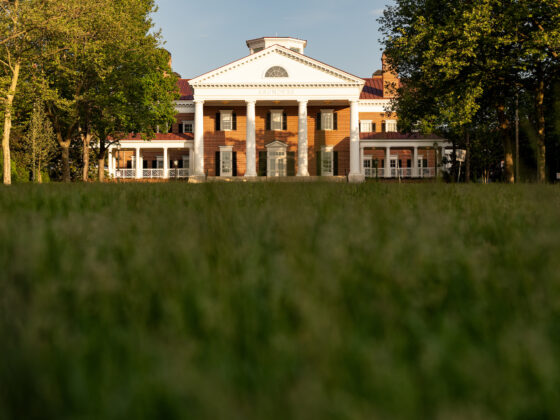Interested in entrepreneurship and innovation? Darden has a wide range of resources for entrepreneurially-inclined students – from clubs to courses to competitions to dedicated support for new ventures and beyond. For a full listing, be sure to check out the Batten Institute for Entrepreneurship and Innovation’s Education webpage. Today we take a closer look at a second year elective, Prototyping and Product Development and its companion Design Fair.
Here’s how the course works:
During the quarter, students work in teams to create a series of prototypes that will guide the development of a new product or service. The teams begin by identifying an untapped market need. Next, they develop alternative solution concepts to meet this need. They then prototype, test and gather results. The final prototypes are presented at the Design Fair, and students often use an independent study to continue to work on their product in the spring.
This year’s fair took place in early December, and products ranged from candle lighters to hassle free beach chairs to a microphone muting adapter for conference calls on your mobile phone to a graphing calculator for less than $10!
We recently caught up with a few of the students to talk more about the course and the Design Fair.
Can you walk us through the product your group worked on?
Colleen Oberg ’19: We recognized a broader product issue – most people hate their beach chairs. We identified core functionalities and attributes of a beach chair, such as “transports easily,” and worked all quarter to come up with a new solution to address the problem that most beach chairs are hard to carry. Using PVC pipe purchased from a home improvement store, we built a chair that breaks down into a few easily portable pieces and would allow a user to carry multiple chairs in one beach bag.
Kristen Podwika ’19: My team worked on a new lighter, specifically targeted for use with candles. After exploring all the lighter options in the current market, we realized there was a gap in lighter functionality, particularly with respect to candles. During the class we focused on two major functionalities of the lighter: the flame and the ergonomics of the device.
James Hale ’19: Our team worked on building a classroom graphing calculator that is affordable for all students, regardless of the financial means of their family or school. Our goal was to keep the consumer price under $10 while delivering all of the functionality of $150 calculators currently required by high school and college math classes. During the course, we specifically worked on reducing the price by making the calculator easy to assemble at home (and thus avoiding assembly cost in manufacturing).
Daniel Garnier ’19: My product is a microphone muting adapter called On Mute, which is currently available on Amazon. Basically, it’s a physical mute button with a push to talk option to help you during conference calls on your mobile device. Our focus during the course was to come up with a riff on the existing product that would make the adapter more sellable on Amazon, while avoiding a red ocean (i.e. a market where there is already a lot of competition). With Amazon, the customer is always right, even when they’re wrong. If the customer says a product is defective, the seller loses. Ultimately, we decided to add earphones to the existing switch/button in the hope that this would minimize customer returns classified as “defective”.
Why did you choose to take the Prototyping and Product Development elective?
Kristen Podwika ’19: Attending the Design Fair last year and seeing how excited the students were about the class was what sparked my initial interest. But, later in the year, I actually came up with an initial concept for a new product, and I wanted to take this class to explore my idea in more detail.
James Hale ’19: I am always looking for courses that offer the opportunity to work on real ventures. I am currently developing a calculator, and this course was perfect because it allowed me to do real prototyping of specific functions while also exploring some best practices in product development.
Colleen Oberg ’19: I plan to pursue my product idea outside of the classroom, so the class was a great opportunity to work with a team to continue to push the concept forward.
What was your greatest takeaway from the class?
James Hale ’19: Sales is still the most important part of starting a business – even if the product isn’t ready to ship. Being able to identify real customers and engage with them about prototypes was our greatest source of insights and ideas.
Kristen Podwika ’19: The class was about iterating quickly and taking away something new from each iteration. You do not need a lot of time or money to create a prototype.
Daniel Garnier ’19: My team’s takeaway was to turn hypothesis testing on its head. Instead of trying to prove our various hypotheses with tests, we looked to do tests that might lack a clear conclusion but would nevertheless help us continue to learn and innovate.





